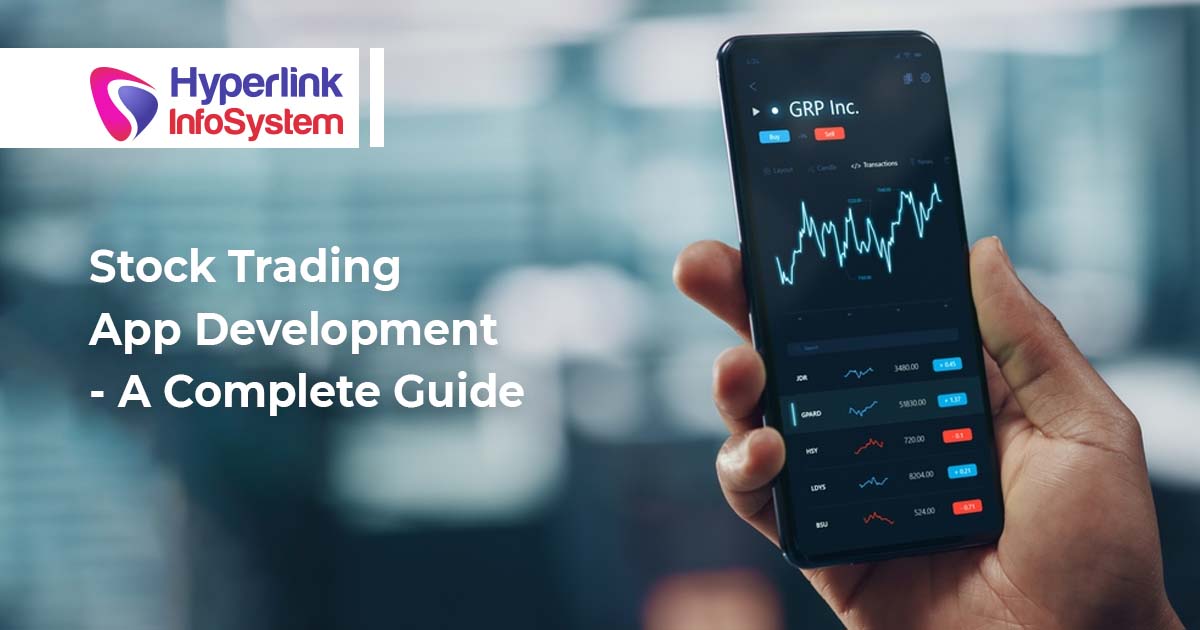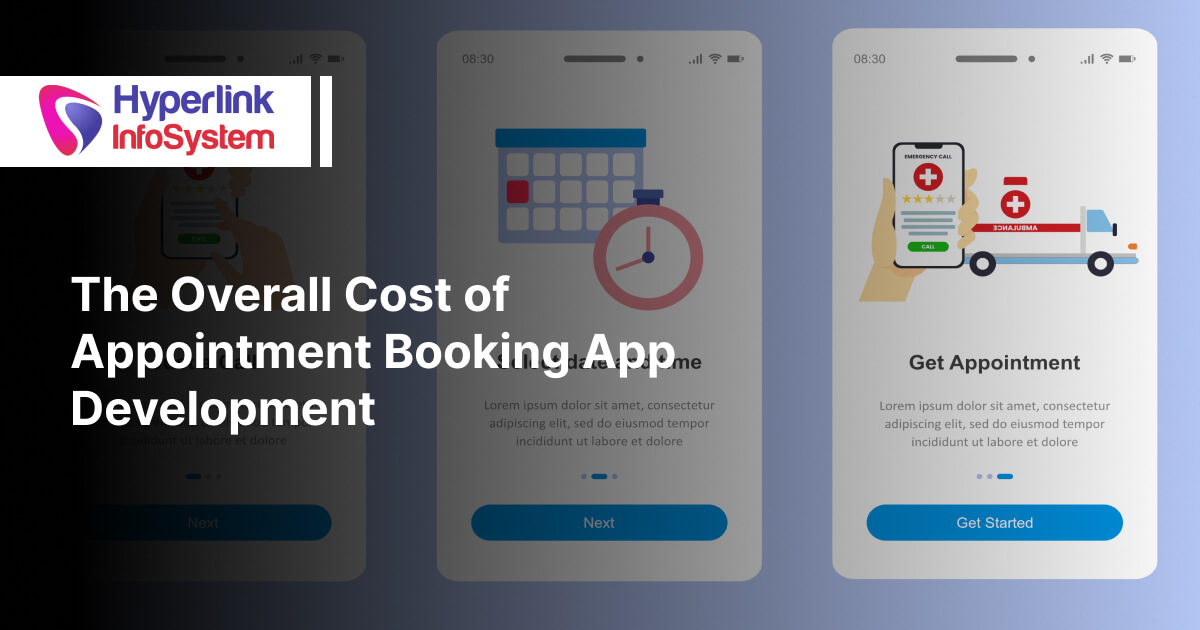Stock trading apps have revolutionized the way we engage in the buying and selling of company shares. Previously conducted through websites, this activity has seamlessly transitioned to smartphones, thanks to innovative stock trading apps. These applications have simplified the stock trading process, allowing users to effortlessly trade shares of various companies.
In the recent months of 2021, stock trading apps have witnessed a remarkable surge in users. Wealthsimple, a prominent stock trading mobile app, recorded an impressive 54% increase in its user base.
Notably, the majority of these users fall within the age range of 34 and below. Another notable app, Robinhood, experienced a surge in deposits during the first quarter of the year. In the following sections, we'll delve into the process of stock trading app development and explore the associated costs.
Creating a stock trading app involves the expertise of an app development company. Through their skills and experience, they ensure the app's functionality, security, and user-friendly interface.
Also Read, Benefits To Hire Dedicated Mobile App Developers
Methodology For Developing Stock Trading Apps

Step 1: Devising an App Strategy
A) Assessing Market Requirements
The initial phase involves a thorough analysis of the stock trading app market, pinpointing essential features to distinguish the app. This requires extensive market research, considering factors like demographics, interests, income levels, geographical locations, and gender.
By identifying the target audience, a revenue model can be established, whether through in-app ads or subscription-based services.
B) Selecting the Appropriate Platform
Choosing the right platforms for the stock trading app is crucial. Developers must decide whether the app will cater to both computers and smartphones. A stock exchange mobile app must be compatible with various devices to ensure a broader user reach and optimal usability.
C) Ensuring Regulatory Compliance
Developers must adhere to compliance regulations to safeguard user information. When creating a share market investment app, the following measures can be taken:
Implementation of comprehensive security measures (technical, administrative, and physical) to maintain user data confidentiality. If utilizing third-party service providers like data storage vendors or hosting networks, ensure their adherence to guidelines.
Collect only necessary user information and securely delete data when it's no longer needed. Ensure push notifications don't contain sensitive data.
By following these steps, a mobile app development company can ensure a strategic foundation for the stock trading app's success. Hiring app developers is essential in crafting a secure, user-friendly, and compliant application.
Step 2: Crafting the Social Network App's Workflow
A) Initial Sketching
Sketching marks the early stage of designing, employing applications like Sketch to create key UI components and icon designs. Stock trading app developers utilize Sketch to establish the physical appearance of the stock exchange mobile app.
They design essential elements including the navigation bar, smart layout, and symbols, setting the groundwork for the app's visual representation.
B) Developing Wireframes
Wireframing provides a structured blueprint of the app's design and navigation system. This crucial stage lays the foundation for the app's functionality. As developers progress, they refine core functionalities, ensuring the app's structure aligns with its intended purpose.
C) Creating Prototypes
Prototyping presents a pivotal moment where an initial version of the app is showcased to potential investors. A distinctive prototype, skillfully fashioned by stock market software developers, can set the app apart in a competitive landscape.
This stage offers investors and testers a glimpse into the app's design and user interface. Moreover, a prototype brings the app concept to life, enabling investors to better understand its potential.
D) Designing App Interfaces
During this phase, stock trading app developers meticulously design individual screens, referred to as "skins," for the app. This process encompasses both User Interface (UI) and User Experience (UX) screens.
The final outcomes are high-resolution versions of the prototype, which will be further developed using wireframe tools.
By following these steps meticulously, a top app development company can ensure the successful creation of a visually appealing and functionally robust stock trading app.
Hiring dedicated app developers with expertise in app design and development is crucial for bringing this vision to life.
Step 3: iOS and Android Development and Quality Assurance
Upon completing the design of the stock exchange mobile app's user interface, it proceeds to a comprehensive testing phase. Quality assurance plays a pivotal role in detecting potential issues such as crashes, bugs, and missing functionalities.
A) Front-End Development
Front-end development centers on the user-facing side of mobile application development. Front-end developers are tasked with ensuring a seamless user experience, designing the app's visual elements, analyzing code, and addressing any debugging needs.
B) Back-End Development
The back-end development pertains to the server-side aspects of the application. In this stage, stock exchange app developers manage the app's functioning behind the scenes. Back-end developers handle the technical components that users don't directly interact with, including servers and databases.
C) Rigorous Quality Checks and Testing
The Quality Assurance (QA) process is vital to ensure the stock market investment app meets the highest standards of performance. This phase assists stock market software developers in identifying and rectifying any issues, ranging from missing features to bugs and crashes.
Manual Testing: This method involves developers manually examining the app's functionality without automated tools.
Automated Testing: In this approach, developers assess the app's performance using automation tools for a more efficient evaluation process.
By meticulously following these development and quality assurance steps, a successful stock trading app can be crafted, catering to both iOS and Android platforms. Collaborating with skilled app development experts ensures the app's functionality and user experience align with expectations.
Also Check, Cost To Hire Dedicated Developers – India Vs Other Countries
What Is it Costing To Make A Stock Trading App?
The cost of developing stock trading apps in the United States typically ranges from $30,000 to $60,000. Turning our attention to India, a significant number of Indians are now not only reliant on their stable employment but are also actively engaging in market investments to enhance their financial prospects. Creating a share market investment app in India generally comes with a price tag of $10,000 to $30,000.
In the United Arab Emirates, similar to global trends, there exists a substantial user community for trading applications. The cost associated with developing a share market investment app in the UAE typically falls within the range of $15,000 to $40,000.
Conclusion
In the rapidly evolving landscape of finance and technology, creating a stock trading app opens up new avenues for investors worldwide. This comprehensive guide has navigated through the intricacies of stock trading app development, covering strategies, design, development, and costs. As markets continue to transform, this guide equips entrepreneurs with the insights needed to embark on successful stock trading app ventures.
 +1 309 791 4105
+1 309 791 4105





















































 +91 8000 161161
+91 8000 161161
